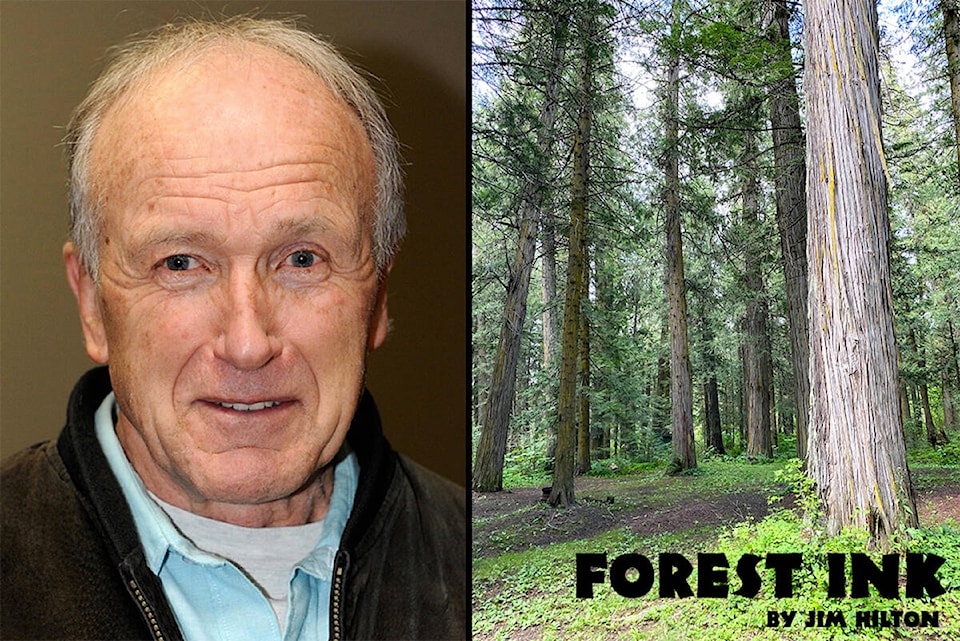The Tribune article last week about Brianna van de Wijngaard’s Food Hub work with the local farmers market was encouraging to see what is being done locally around Williams Lake and Quesnel.
The theme was one of a number of topics discussed in a recent CBC podcast entitled “How to feed 10 billion people without killing the planet.”
The one-hour discussion described how we have over one billion people going hungry around the world while at the same time we throw $49 billion worth of food in the trash, every year.
Our industrial food production is degrading the soil and water supply while demand for protein is growing, and our ability to satisfy that demand from traditional animal sources is contributing to climate change.
A dozen authors including professionals from university, organic farmers and CEOs of companies described their work in some of the following themes: climate-change proof agriculture, sustainable food systems that curb waste, and even meat grown without ever having to kill an animal.
My observation is that many of these organic related alternate practices are more suited to smaller scale operations probably resulting in more expensive produce along with limited output relative to industrial agriculture practices.
The reduced number of farmers in Canada during the 1950s and 60s is well known but the reduction has continued according to a source that showed farm employment was reduced by 26 per cent in 2001 compared to the previous three years.
The same paper claims that during the same period 1.1 per cent more hectares of land were planted with major crops of new higher yielding crop varieties. In general, total production rose, reflecting the seeding of more land and new higher-yielding crop varieties. Poultry meat, egg and milk production has also increased in recent years.
Time will tell how willing the consumers are to choose healthier sometimes less appealing food over the cheaper industrial produced food. We have to use more local food, less processed, with less eye appeal and less packaging.
The podcast also describes protein production using animal cells rather than from plant or animal protein sources. The process has been described as being similar to the production of beer in large vats but using cultured animal cells along with an energy source.
Many different animal cells could be used (beef, fish, poultry and other more suitable wild life sources) that have healthier characteristics like less cholesterol.
Some would argue that this kind of protein production is about as industrial as it gets and ranchers producing grass-fed beef can make a good case for maintaining a healthy ecosystem with animals compared to the plants on their own.
In the developed countries it may be more a question of what ratio of human-domestic animals biomass is sustainable by the planet. I would be willing to try some of this animal cell protein if it means there would be fewer domestic animals raised in less than ideal living conditions.
The authors also make the case that the process produces a protein source without all of the animal by products like blood, bones, hides, feathers, hoofs, horns etc. It could also be produced locally with fewer processing and transportation costs. The final test will be if it tastes good, is healthier and costs less it should be a better protein source.
READ MORE: Central Cariboo Community Food Hub Project reaching out to growers
READ MORE: Williams Lake Social Planning Council aims to address food security for the vulnerable
news@wltribune.com
Like us on Facebook and follow us on Twitter
